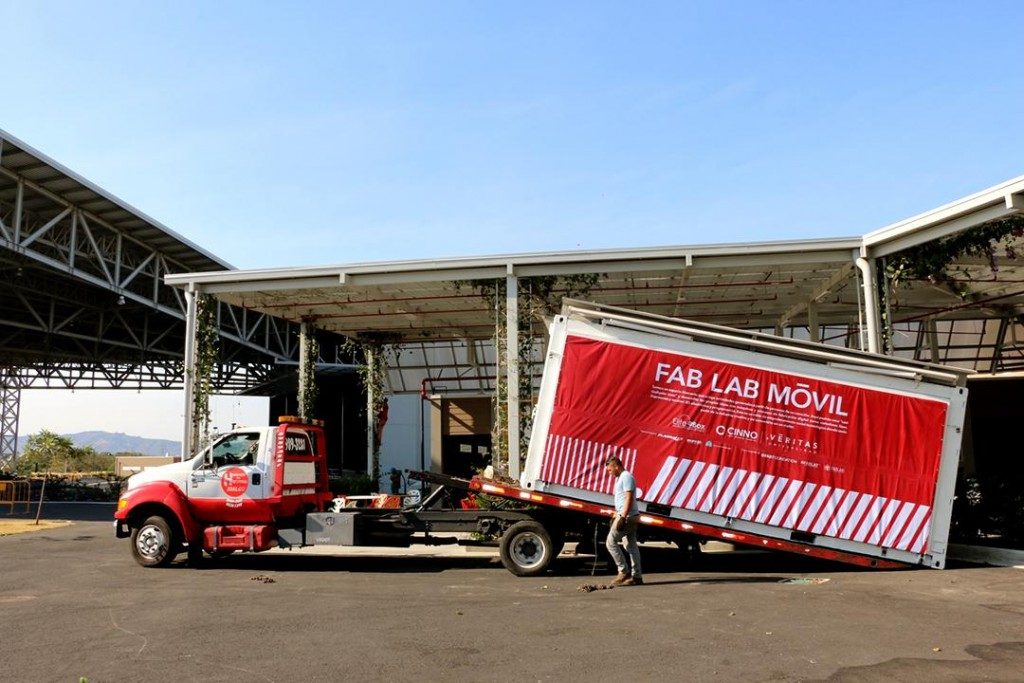We’re seeing more and more 3D printing research projects use waste material or recycled polymers to make goods. Designers and makers are also exploring using waste as an input for 3D printing. These methods will not be a panacea. In order to be extrudable and function well 3D printing materials often will need a certain percentage of virgin (new) material. Polymers degrade when remelted, ground up, extruded again and due to this can only be recycled a limited number of times.
Sadly most “recycled filament” projects that have seen have performed poorly. Likewise most “save the world through turning waste into 3D printed things” projects have been high in naiveté and optimism and low on value. We have too many evangelists in our market, too many who think that they have the ‘vision’ and that all else will fall into place subsequently. Most of the green 3D printing projects that we get pitched are terrible on the execution front. They often do not employ polymer people or experienced extrusion people or people from industry at all. Yippee we’re going to save the world nonsense will only turn hope into disillusion. I’m all for optimism but currently we’re seeing a kind of techno-gullibility that frankly is sickening. New is that now beyond the greenwash by large companies we’re seeing entrepreneurs green con their way into money.
Globally there is a groundswell building of people who sincerely would like to invest their time and effort into reducing plastic waste. People all around this beautiful planet are sincerely worried that we are throwing away too much stuff in all the wrong places. A savvy marketer or business person could very well use this groundswell to her advantage to become successful while repurposing polymer waste. This is not some cuddly thing but rather an enormous business opportunity waiting to be exploited.
Every year millions of kilos of usable materials are discarded. These have effectively been assigned a value of $0 per kilo because they have been used once and deposited. Their value is not nothing however PET bottles, bags, packaging; it can all be reused as a valuable input for new products. Around the world there are billions of kilos of virtually free things waiting to be collected so that they can be turned into money. Your money, if you’d want it. Billions of dollars put into the ground each year just there for the taking. Every day treasure chests are lowered into the earth a million times over, everywhere.
Forget your “it’s like Netflix but for cardio” business idea. I have one word for you: trash. What could be better than being a billionaire than being one from stuff that others toss out? Free stuff laying about doing nothing, waiting to be transformed into something. With regards to 3D printing I see some immediate ways through which you could use this to your advantage.
In the home post-consumer recycling system

3Devo Shredit.
A grinder and extruder solution to in a house recycle PET bottles into filament so that that person for a cost of around $0.50 per kilo can print anything that they want. Companies are working on this but it is a deceptively difficult challenge to get this right. NASA desperately wishes to do this in space and militaries the world over are also working on this. This have your cake an eat it too scenario will let people consume and enjoy things by using the waste that they obtain for free.
Institutional On-Site Recycling
Universities use tens of thousands of PET bottles per year. In this startup idea a larger more efficient system would be leased to universities so that they could obtain free filament in return for collecting all of their PET bottles. Universities tend to be cuddly and by getting one campus to recycle in this way would be a big win while giving them the ability to 3D print (or injection mold) many things at a very low cost.
Containerized recycling & 3D Printing

A containerized version of the above (Indeed each startup idea above could in a modular way be the same firm). Containerization would let you put it in a village somewhere or remote military site. PET water bottles are some of the largest volume waste products of modern militaries. Meanwhile, waste disposal at forward sites is a huge issue for militaries and can lead to making troops ill. Transport of goods requires a large troop buildup as well with the stomach becoming bigger to feed itself. A containerized recycling and 3D printing solution would be a boon to militaries and the poor alike.
What other startup ideas could save the world through 3D printing?
Subscribe to Our Email Newsletter
Stay up-to-date on all the latest news from the 3D printing industry and receive information and offers from third party vendors.
Print Services
Upload your 3D Models and get them printed quickly and efficiently.
You May Also Like
Making 3D Printing Personal: How Faraz Faruqi Is Rethinking Digital Design at MIT CSAIL
What if your 3D printer could think more like an intelligent assistant, able to reason through a design idea, ask questions, and deliver something that works exactly the way the...
Reinventing Reindustrialization: Why NAVWAR Project Manager Spencer Koroly Invented a Made-in-America 3D Printer
It has become virtually impossible to regularly follow additive manufacturing (AM) industry news and not stumble across the term “defense industrial base” (DIB), a concept encompassing all the many diverse...
Heating Up: 3D Systems’ Scott Green Discusses 3D Printing’s Potential in the Data Center Industry
The relentless rise of NVIDIA, the steadily increasing pledges of major private and public investments in national infrastructure projects around the world, and the general cultural obsession with AI have...
Formlabs Teams Up with DMG MORI in Japan
In late June, Nick Graham, Chief Revenue Officer at Formlabs, announced on LinkedIn that the company had partnered with DMG MORI, one of the world’s leading machine tool companies, to...


































